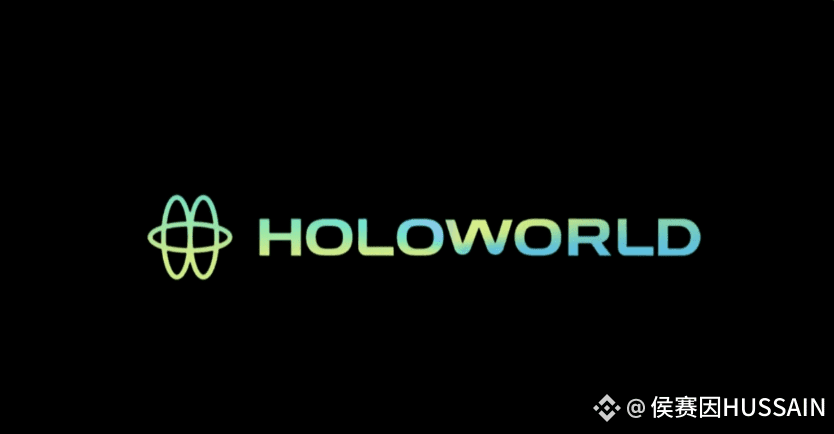
The notion of a digital realm so vivid and interactive it blurs the line with physical reality has long been confined to science fiction. Yet, a rapidly evolving technology known as HOLOWORLD AI is challenging that boundary, promising an immersive, persistent holographic environment that goes far beyond the simple virtual reality (VR) headsets we know today. This isn't just about viewing a digital object; it's about experiencing a complete, dynamic world integrated seamlessly into our own space, populated by complex, autonomous AI entities that can learn, interact, and even surprise us.
The core innovation of HOLOWORLD lies in its fusion of high-fidelity volumetric capture and advanced spatial computing. Imagine your living room becoming a Roman marketplace, not just viewed through goggles, but actually existing around your furniture. This is achieved through an array of sensors and projectors that map and manipulate light and space in real-time, creating "solid" holographic projections visible to the naked eye. Crucially, the AI component acts as the invisible architect and population manager, ensuring physics remain consistent, environments react logically, and, most engagingly, the holographic inhabitants behave with genuine, unpredictable complexity.
One of the most intriguing aspects is the concept of Persistent Digital Presence (PDP). Unlike a traditional video game that resets when you log out, a HOLOWORLD environment continues to run and evolve. If you leave a holographic AI shopkeeper an instruction or an order, their digital world and business will continue to operate, with observable changes upon your return. This capability is what gives the platform its "world" status, fostering a sense of continuity and real-world consequence within a synthetic space. The holographic ecosystem doesn't wait for a human user to activate it.
The potential applications stretch from the whimsical to the truly transformative. In education, a student could not just read about the human heart, but stand inside a life-sized, beating holographic model, interacting with its valves and understanding blood flow spatially. For professionals, architects could walk through a complete holographic blueprint of a skyscraper on a tabletop, manipulating materials and testing structural integrity with simple hand gestures. It offers a paradigm shift in how we learn, design, and collaborate, making abstract concepts tangible and distant objects immediately present.

However, the rapid development of such deeply integrated technology is not without its philosophical and ethical pitfalls. As the AI inhabitants become more sophisticated, mimicking genuine emotion and displaying emergent behaviors, where do we draw the line between a sophisticated program and a nascent digital life? The very nature of a persistent, invisible reality raises concerns about attention economy fatigue—will we be able to distinguish between what is physically present and what is digitally superimposed, and will the temptation to optimize or escape into the holorealm outweigh the desire to engage with the real world?
The economics of HOLOWORLD AI also present a fascinating future. Imagine digital artists creating unique, limited-edition holographic landscapes for your home, or AI developers designing specialized "holo-pets" that interact dynamically with your real pet. This opens up an entirely new economy of digital goods that are not just viewed on a screen, but physically inhabit and decorate your personal space. The ownership and trade of these holographic assets, tied to secure blockchain-like technology, could become the next major digital commodity market.
To truly succeed, HOLOWORLD needs to overcome the Uncanny Valley of AI interaction. Early VR and simple chatbots often failed because the digital experience felt stilted or artificial. The creative leap required for HOLOWORLD is to program AIs that possess genuine verisimilitude—the quality of appearing to be true or real. This means crafting AI personalities that can genuinely adapt, remember long-term interactions, and exhibit behaviors that aren't scripted, thus fostering real trust and engagement from the human user.
Ultimately, HOLOWORLD AI isn't just a technological advancement; it's a cultural shift. It challenges our perception of what constitutes 'here' and 'now,' offering an expansion of reality itself. Whether we use it to enhance our lives with tangible learning and collaboration tools or risk getting lost in an infinitely customizable, persistent dream, the arrival of this holographic architecture marks a pivotal moment in human-computer interaction, propelling us toward a future where the digital and physical worlds are permanently, beautifully, and perhaps confusingly, intertwining
#HoloworldAI @Holoworld AI $HOLO
